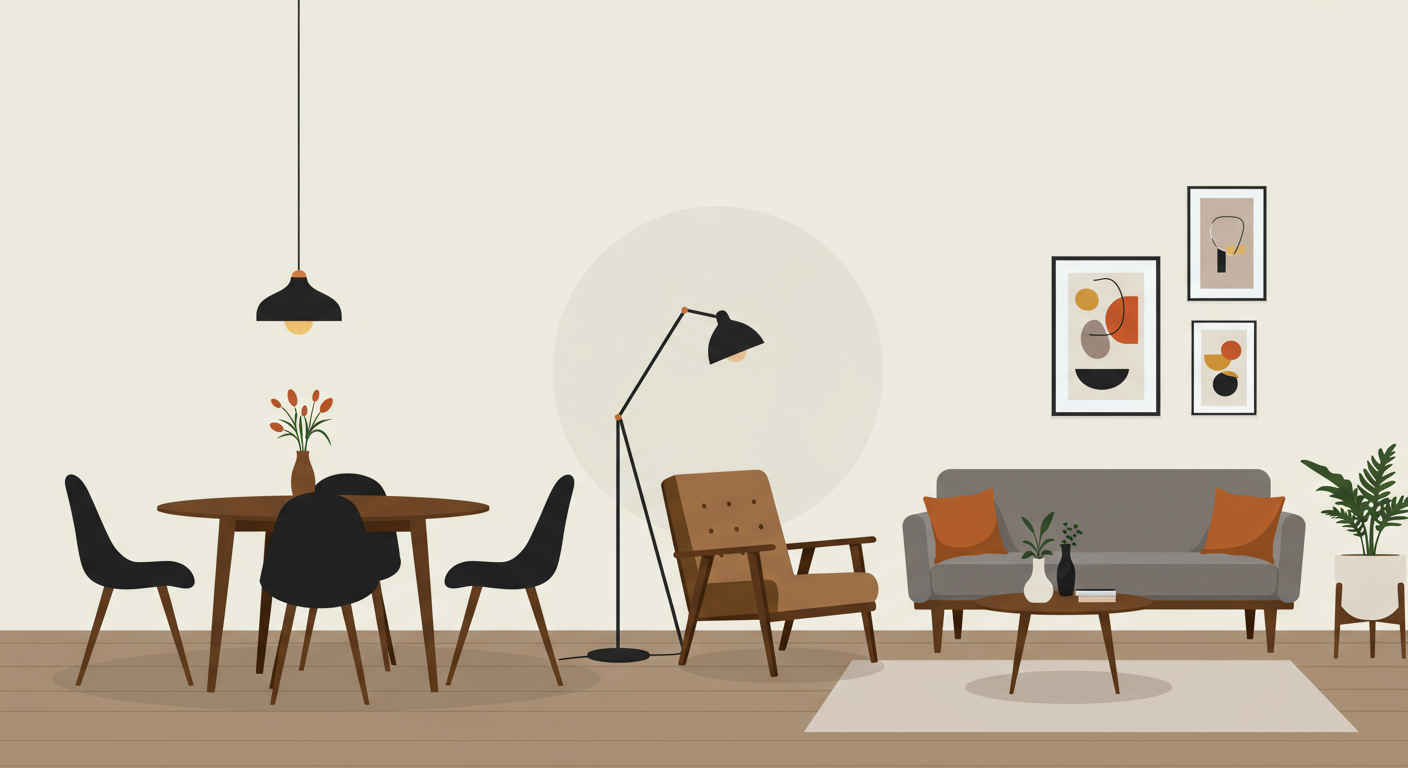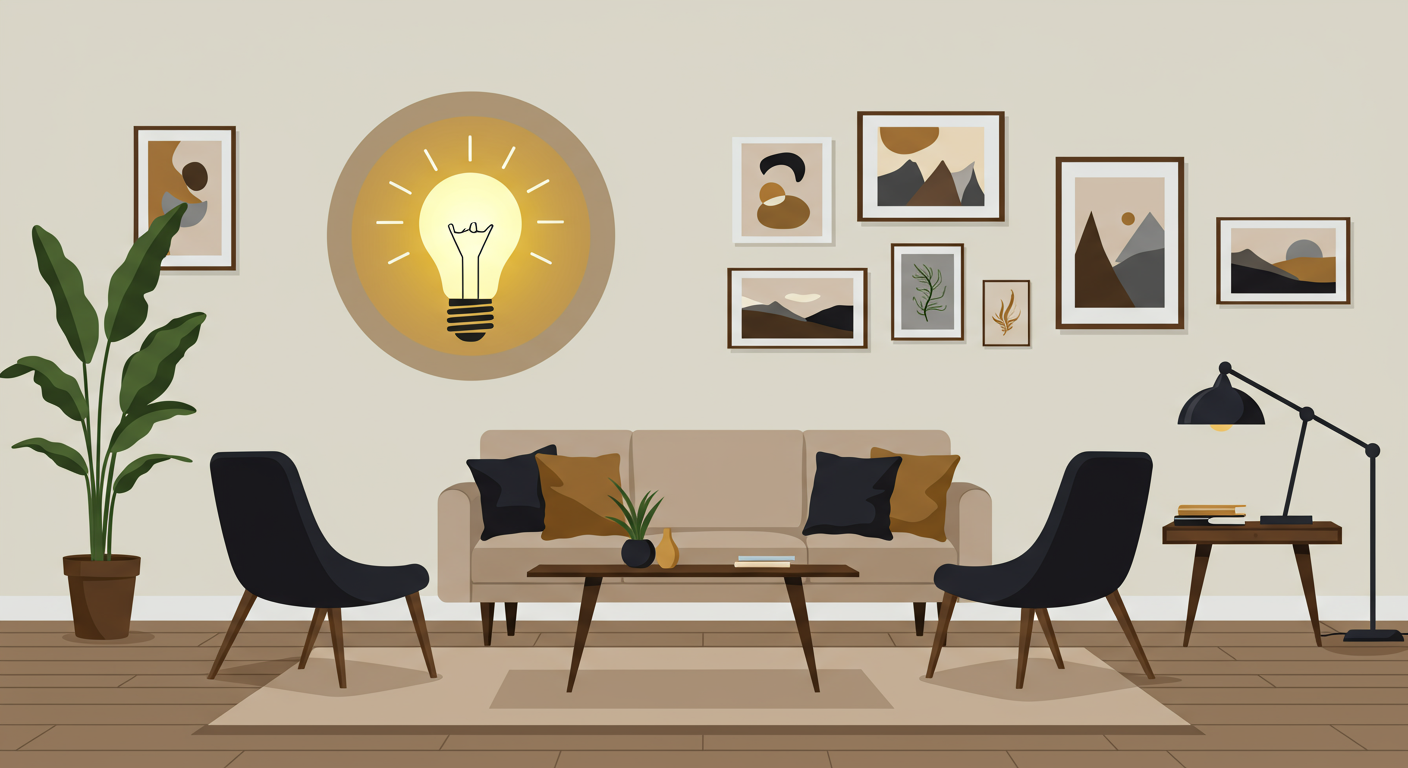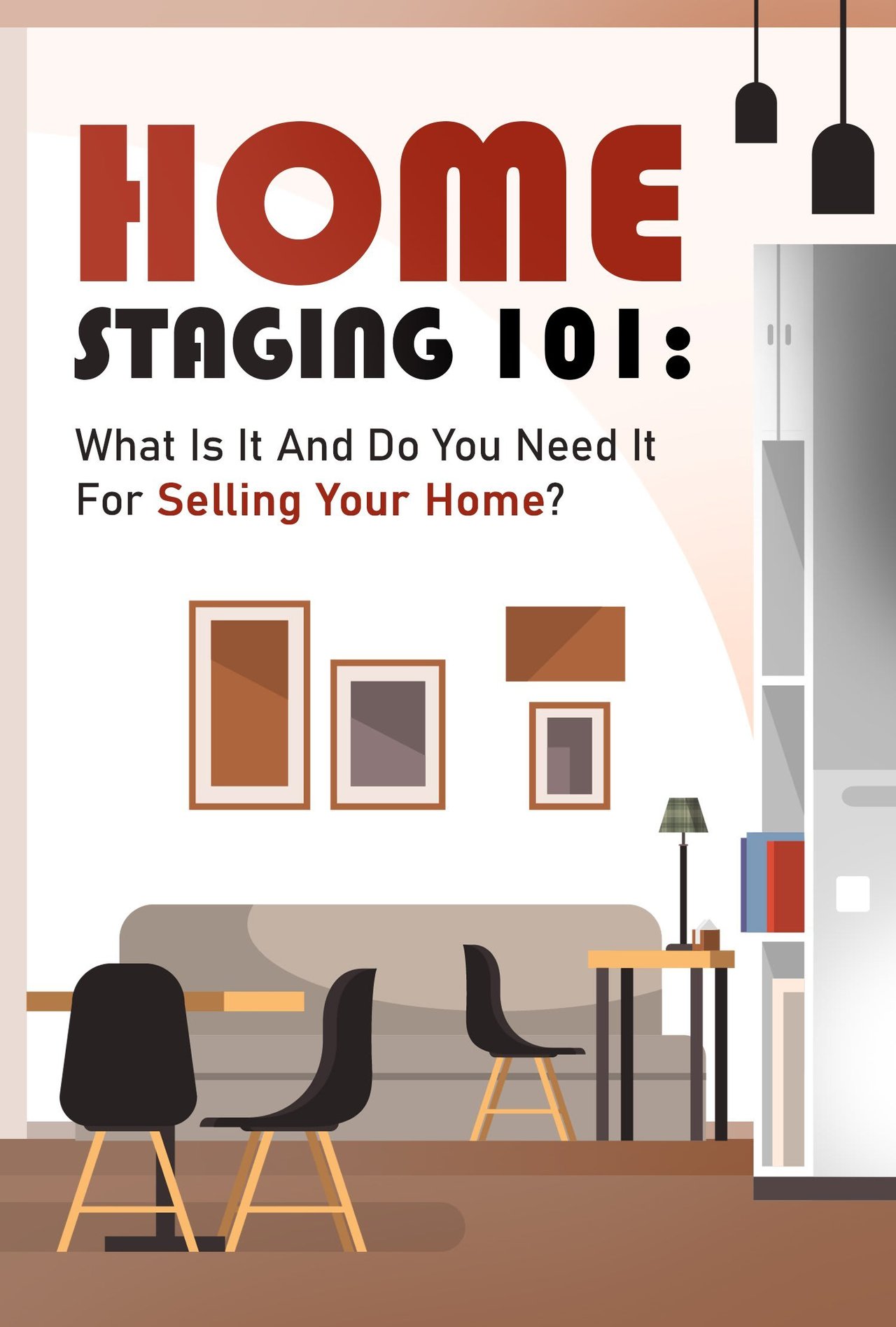


-
It makes it easier for buyers to envision themselves in the home.
No matter how much you love your home, once you decide to list it for sale, you’ll want to put yourself in the buyer’s shoes and see your space through their eyes. You’ll find that your favorite gallery wall, or those purple walls in the primary bedroom, may not seem so appealing. By taking away those personal photos and repainting your walls in neutral colors, you’re removing any sign of your lifestyle from the home, making it neutral and full of possibility for prospective buyers.
By observing how the rooms are staged and arranged, buyers can draw inspiration for their future setup, especially when it comes to the strategic arrangements of furniture and decor. A well-staged room can make a small space look bigger, or a dated room look modern. If you’re selling an otherwise dark and empty property, staging creates a more spacious and inviting atmosphere that will entice buyers. -
Staging can increase the amount of the offer.
The NAR report revealed that 23 percent of buyer’s agents said that staging a home increased the dollar value offered between one and five percent, compared to other similar homes on the market that are not staged. Once the home has made a memorable impression with the buyers, they are more likely to be more committed and possibly willing to increase their offer.
-
It improves buyers’ first impressions.
Nearly all buyers start their search online nowadays, which means your listing photos need to look stunning to make a good first impression. A well-staged home looks better and more eye-catching when shared on social media and property websites.
-
The home spends less time on the market.
A staged home typically sells faster. According to NAR, 31 percent reported that staging a home greatly decreased the amount of time the home was on the market.
-
Staging can turn around a sale that wasn’t moving.
Especially for homes that are difficult to sell, staging is necessary to draw more buyers in. The home will appeal to a larger audience, making it easier to market.


-
Do it yourself
This is your go-to option if you have the time, you want to save some cash, and you’re confident that you can present your property in the best way possible. Tasks you might need to perform include: decluttering and a whole lot of cleaning on the interior and exterior parts of the home, rearranging furniture and decor, removing personal photos and other items, repainting and touching up the walls, adding new curtains and throw pillows, among other things. You can also bring some warm touches like fresh flowers and plants, and decor items such as candles and a diffuser, that will also make sure your house smells amazing.
One caveat is that most homeowners are personally connected to their properties so they may feel overwhelmed to rearrange their homes. But once you decide to sell, remember that it’s no longer your “home” but a product on the market that needs a new owner. You need to see objectively, from the perspective of a buyer, so ask for honest opinions from your agent, family, and friends, about what needs to be changed.
-
Get your real estate agent to help you
While it isn’t your real estate agent’s job to professionally stage your home, they might provide recommendations or be more hands-on in the process, especially if they strongly believe in staging’s ability to boost a home sale. With their extensive experience and industry knowledge, they will be able to look at your property with an objective eye so you’ll know what needs to be done to spruce it up.
-
Hire a professional staging company
If you have the budget for it, your agent can help you find a professional home staging company, also known as Accredited Staging Professionals (ASPs), to either do a consultation or a staging service. In most cases, they have an inventory of decor, furniture, and artwork that they can use to stage your home. They will assess your home and provide suggestions on what should be done to increase the home’s appeal or showcase more efficient use of the space. Their services can also extend to the exterior and outdoor spaces to help improve your home’s curb appeal.

-
Your timeline
-
Your budget
-
The total cost of staging (either professionally or DIY)
-
The value it could add to your property
-
How quickly you’re hoping to sell
-
What the local market is like for sellers

